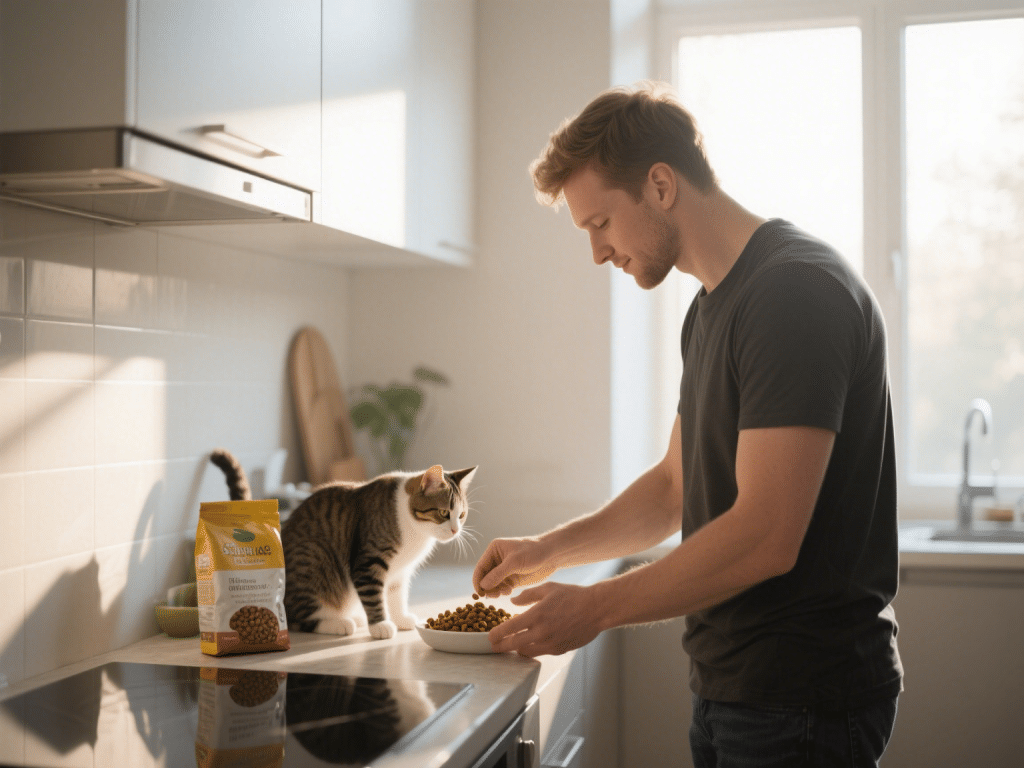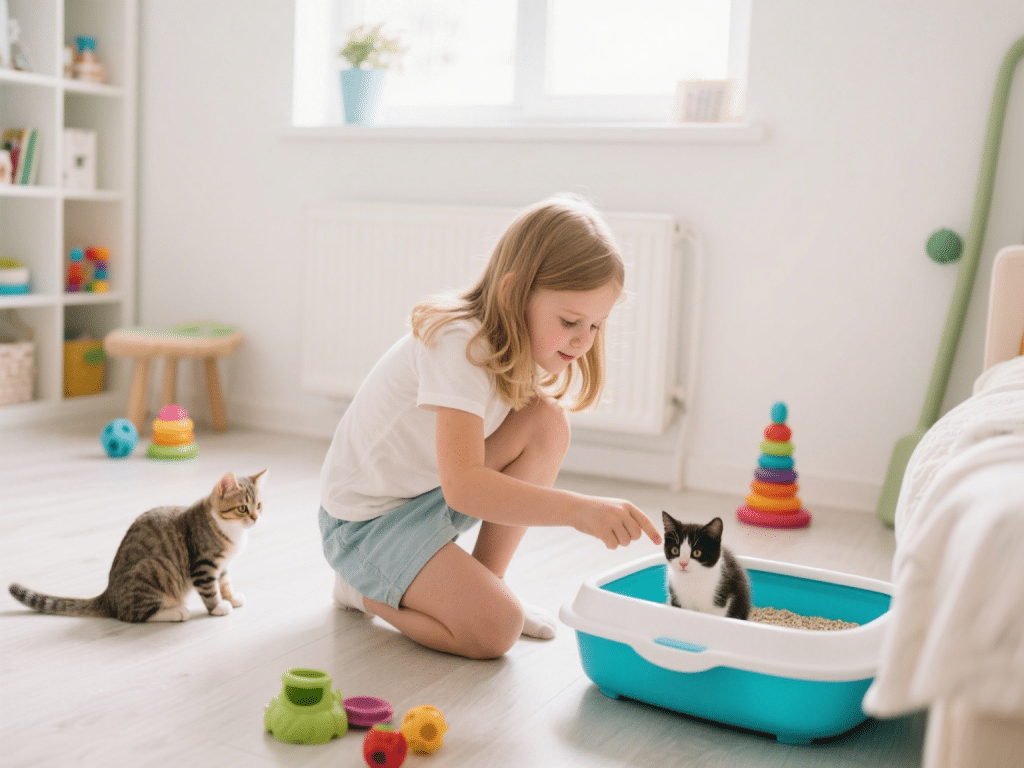
Indoor cats face unique challenges: reduced activity, limited environmental stimulation, and higher risk of obesity and hairballs. As a board-certified feline nutritionist, I’ve guided owners toward diets that support healthy weight, urinary tract wellness, and coat condition. Here’s a professional breakdown of the best foods and feeding strategies for your indoor companion.
1. Calorie-Controlled Formulas
Indoor cats typically need 20–30% fewer calories than outdoor counterparts. Look for:
“Light” or “Indoor” formulas: Lower calorie density with added fiber to promote satiety.
High-protein diets: Preserve lean muscle mass—aim for ≥35% protein on a dry matter basis.
Balanced fats: Moderate fat levels (12–15%) to support coat health without excess calories.
2. Hairball Management
Long-haired breeds especially benefit from added fiber:
Added Soluble Fiber: Psyllium or beet pulp helps hair transits through the GI tract.
Lubricating Oils: Small amounts of fish oil or mineral oil (under veterinary guidance) ease hairball passage.
Specialty Kibbles: Shaped to encourage chewing and salivation, aiding hair movement.
3. Urinary Health Support
Indoor cats often face lower water intake. Choose foods with:
Moisture-Rich Wet Diets: At least 75% moisture by weight to dilute urine.
Controlled Minerals: Balanced magnesium, phosphorus, and calcium to prevent crystal formation.
Urinary pH Buffered: Formulated to maintain slightly acidic urine (pH 6.2–6.4).
4. Enrichment Through Feeding
Combat boredom and overeating by:
Puzzle Feeders & Slow Feeders: Prolong meal duration and stimulate mental activity.
Multiple Small Meals: Four to six portions daily mimic natural hunting patterns.
Treat Rotation: Use healthy freeze-dried proteins as occasional rewards.
5. Transitioning Diets Safely
Switch gradually over 7–10 days:
Day 1–3: 25% new food + 75% old food
Day 4–6: 50% new + 50% old
Day 7–9: 75% new + 25% old
Day 10: 100% new diet
Monitor stool quality and appetite; adjust pace if digestive upset occurs.
Selecting the right indoor cat diet involves balancing calories, protein, moisture, and functional ingredients for hairball and urinary support. Combine premium formulas with enrichment feeding methods to maintain your cat’s physical health and mental well-being. With a tailored nutritional plan, your indoor feline will thrive—sleek coat, healthy weight, and spirited curiosity intact.









Comments on " Best Foods for Indoor Cats: Nutrition and Health Tips" :